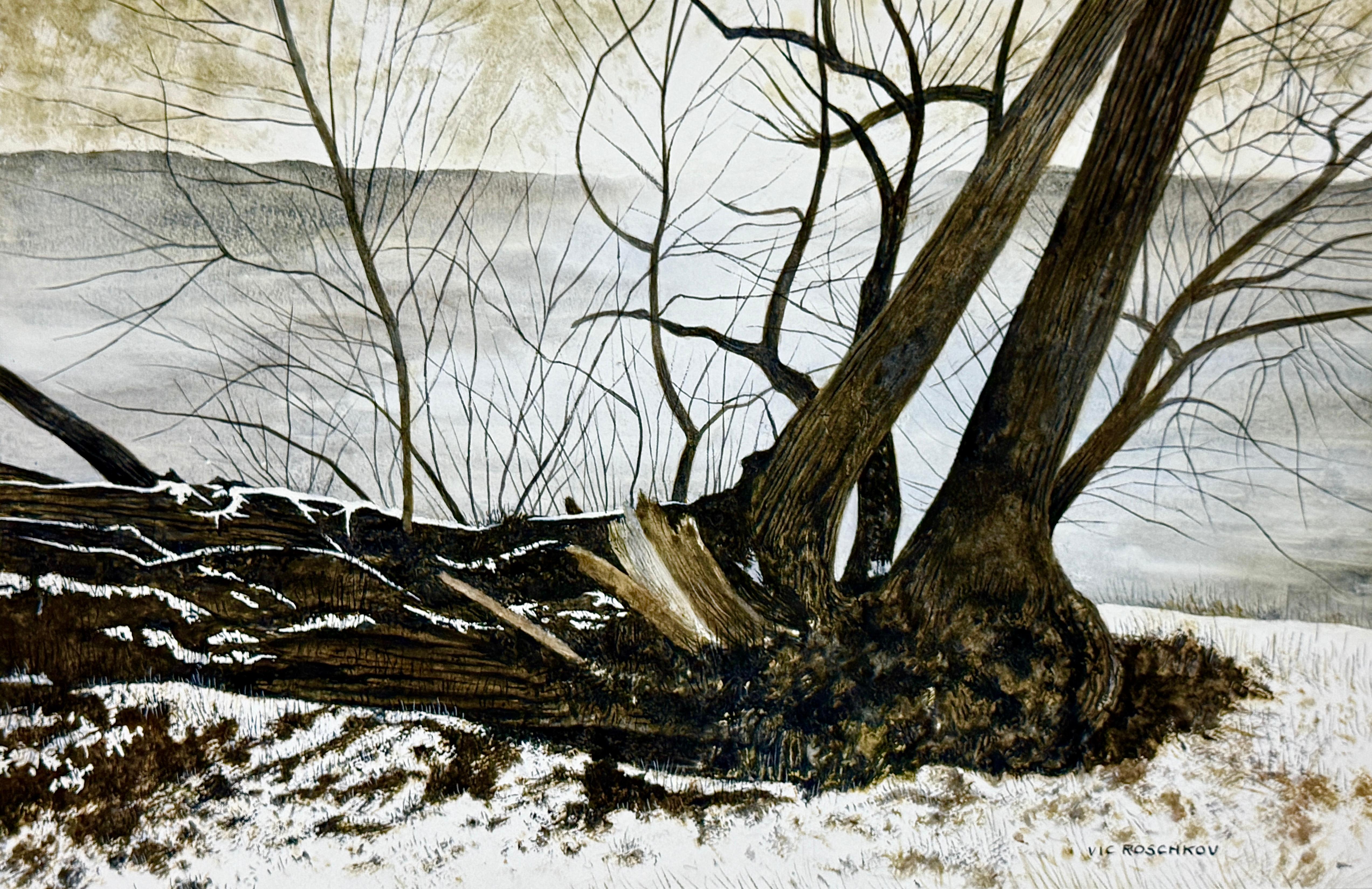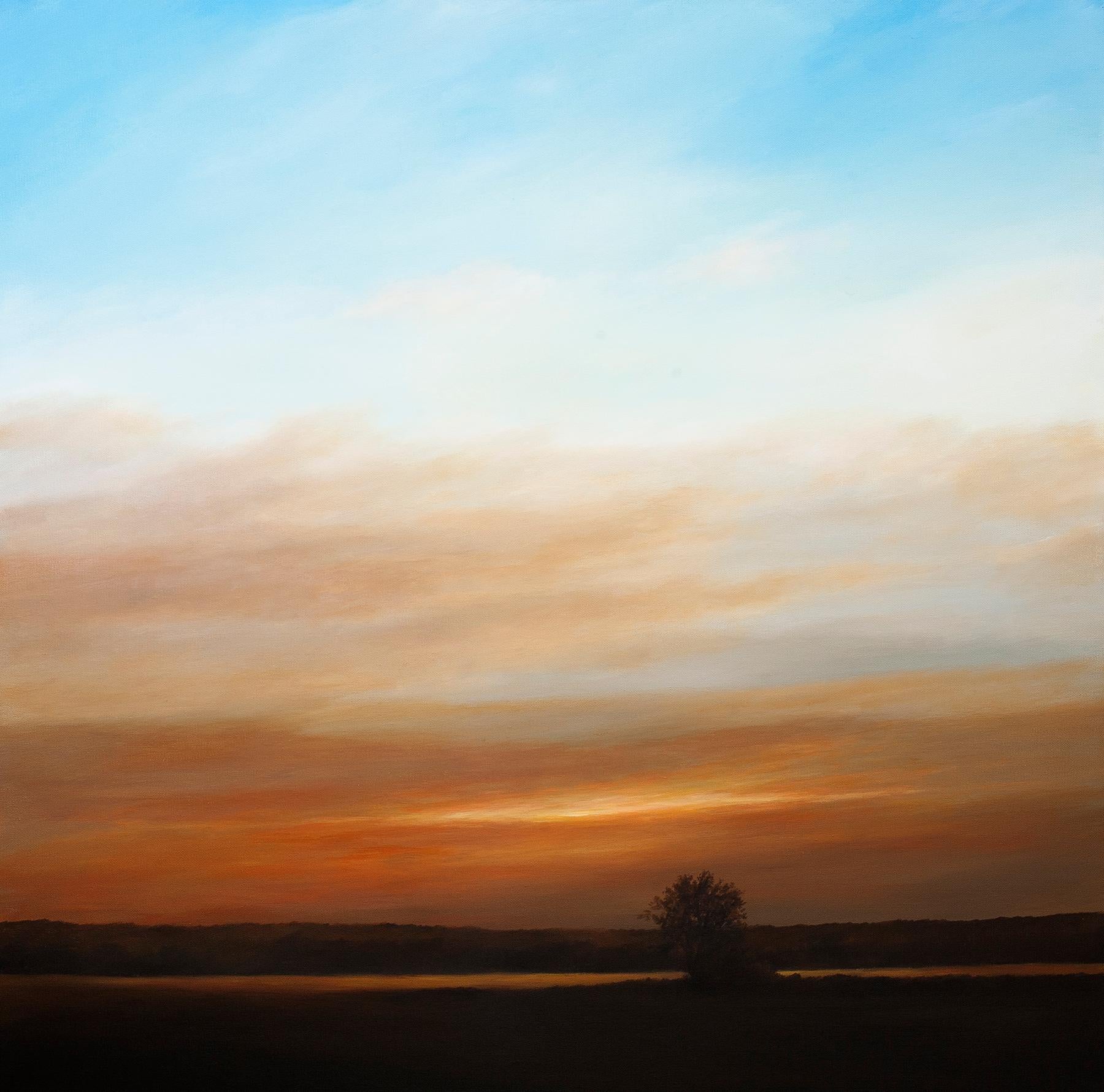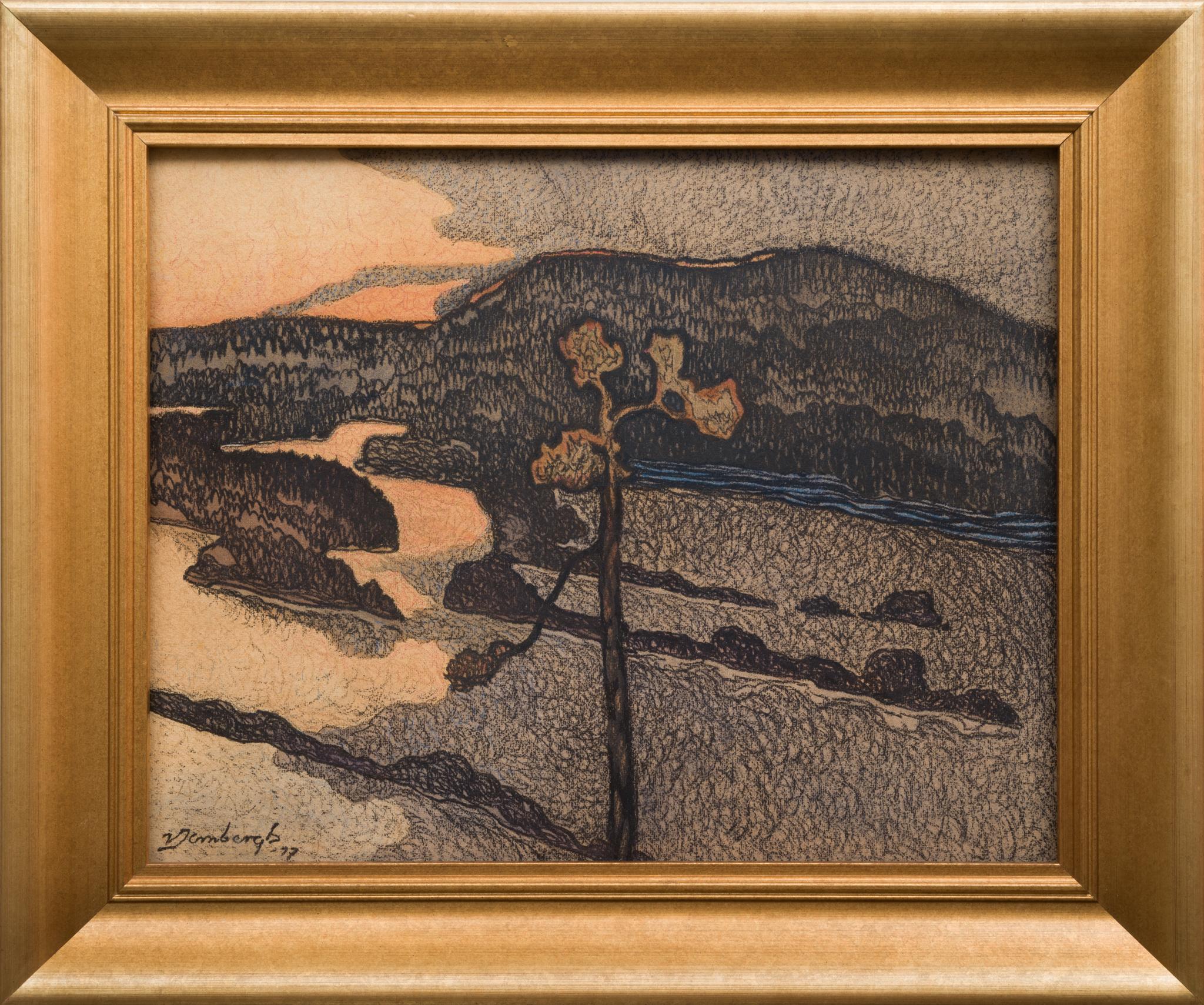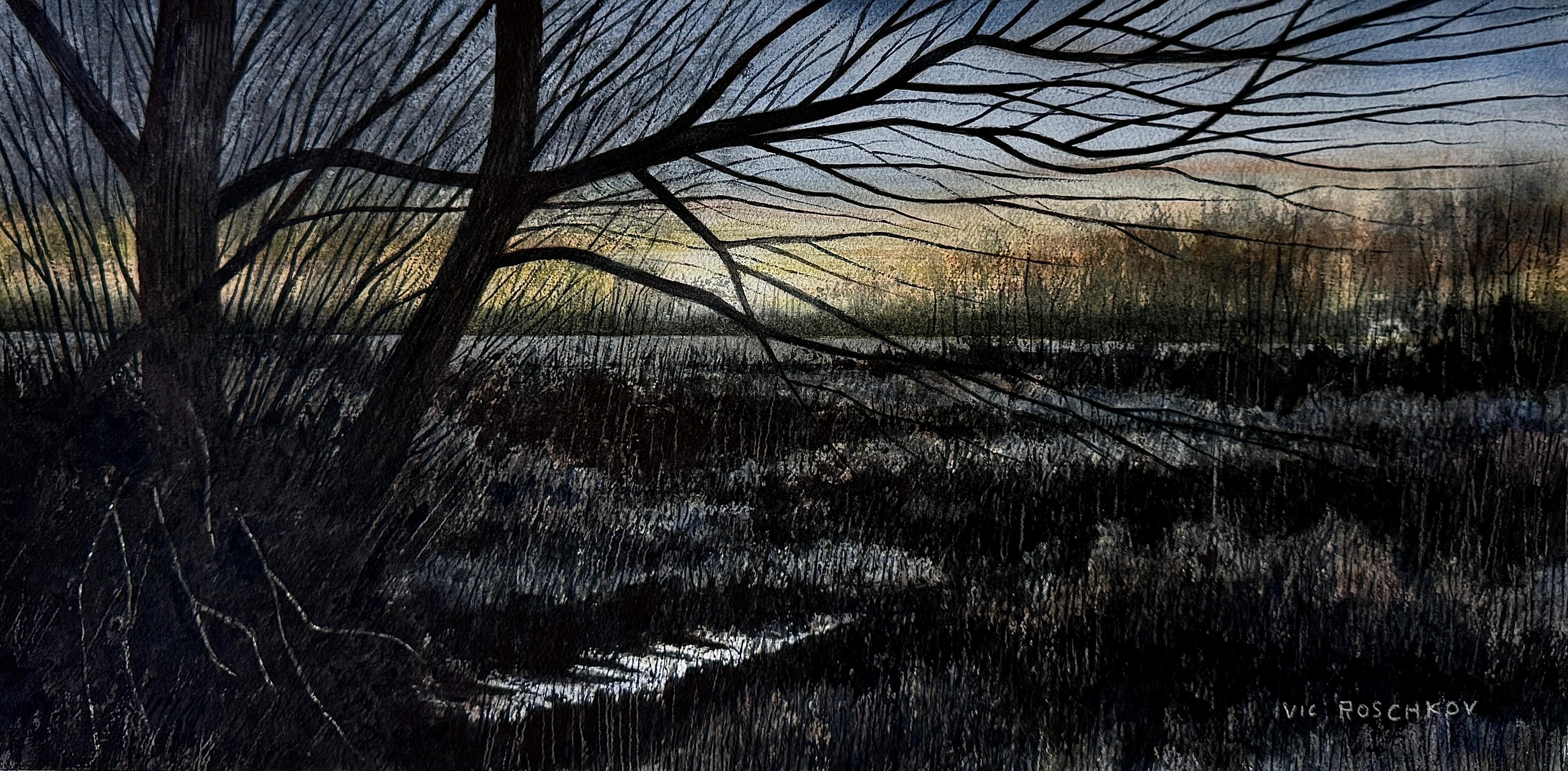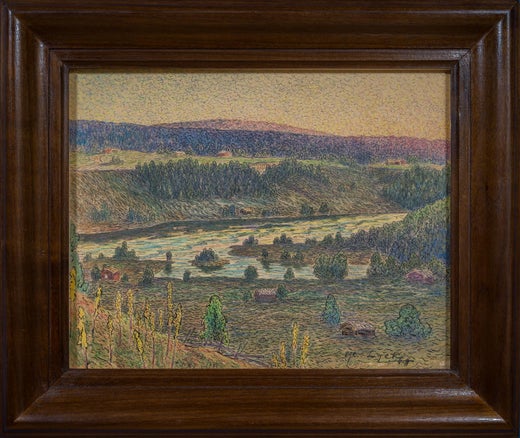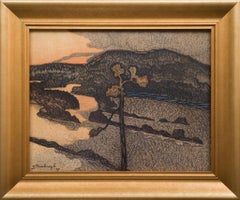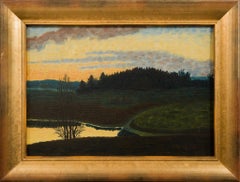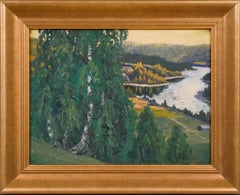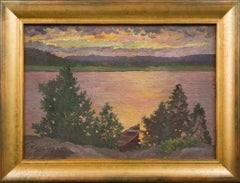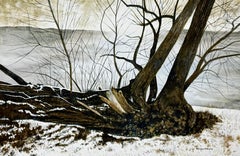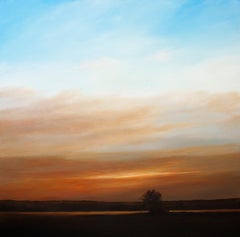Oscar LyckeEvening Calm by the Northern Riverc. 1910
c. 1910
About the Item
- Creator:Oscar Lycke (1877 - 1927, Swedish)
- Creation Year:c. 1910
- Dimensions:Height: 9.45 in (24 cm)Width: 13.39 in (34 cm)
- Medium:
- Movement & Style:
- Period:
- Condition:Very good condition. age related patina. A new black frame with UV protected art glass is included.
- Gallery Location:Stockholm, SE
- Reference Number:1stDibs: LU1445216379802
- ShippingRetrieving quote...Shipping from: Stockholm, Sweden
- Return Policy
More From This Seller
View All1910s Symbolist Landscape Paintings
Paper, Pastel
Early 20th Century Landscape Paintings
Canvas, Oil
1910s Impressionist Landscape Paintings
Oil, Board, Canvas
1920s Naturalistic Landscape Paintings
Oil, Laid Paper
1920s Romantic Landscape Paintings
Canvas, Oil
Late 20th Century Modern Landscape Paintings
Canvas, Oil
You May Also Like
Artist Comments
A fallen tree stretches along a tranquil, icy riverbank, its gnarled branches reaching toward the pale winter sky. Patches of snow cling to the rugged bark, c...
21st Century and Contemporary Realist Landscape Drawings and Watercolors
Watercolor
2010s Contemporary Landscape Paintings
Acrylic
1970s Modern Landscape Prints
Lithograph
1940s Landscape Paintings
Oil Pastel
Artist Comments
Dark silhouettes of bare trees create a quiet, moody landscape at dusk in the countryside. The glowing sunset illuminates the horizon. Deep tones fill a marsh b...
21st Century and Contemporary Realist Landscape Drawings and Watercolors
Watercolor
Artist Comments
Artist Janet Dyer pictures an expressionist sun setting behind lakeside mountains. She captures the warm orange glow of the last moments of its descent. "Softly the evening came with the sunset," quotes Janet. In her trademark style of minimalist strokes, she envisions Henry Wadsworth Longfellow's iconic poetry.
About the Artist
Janet Dyer doesn’t like to spend too much time talking about her art, as she’d rather be creating it. She doesn’t have an artist statement, the traditional statement of purpose crafted by visual artists to explain their method. On becoming an artist, Janet simply states, “I picked up some crayons and pencils and brushes and kept using them.†She believes the process of creating art is equal in importance to the final product. The artist enjoys relinquishing control of her paintings to find delightful surprises in her so-called “mistakes.†Janet's expressively gestural yet bucolic landscapes are a testament to the success of her method.
Words that describe this painting: nature, spring, forsythia, yellow, river, water, trees, reflection, abstract, acrylicpaint, sunset, expressionism, expressionism, nature, acrylic painting, green
21st Century and Contemporary Abstract Expressionist More Art
Acrylic
